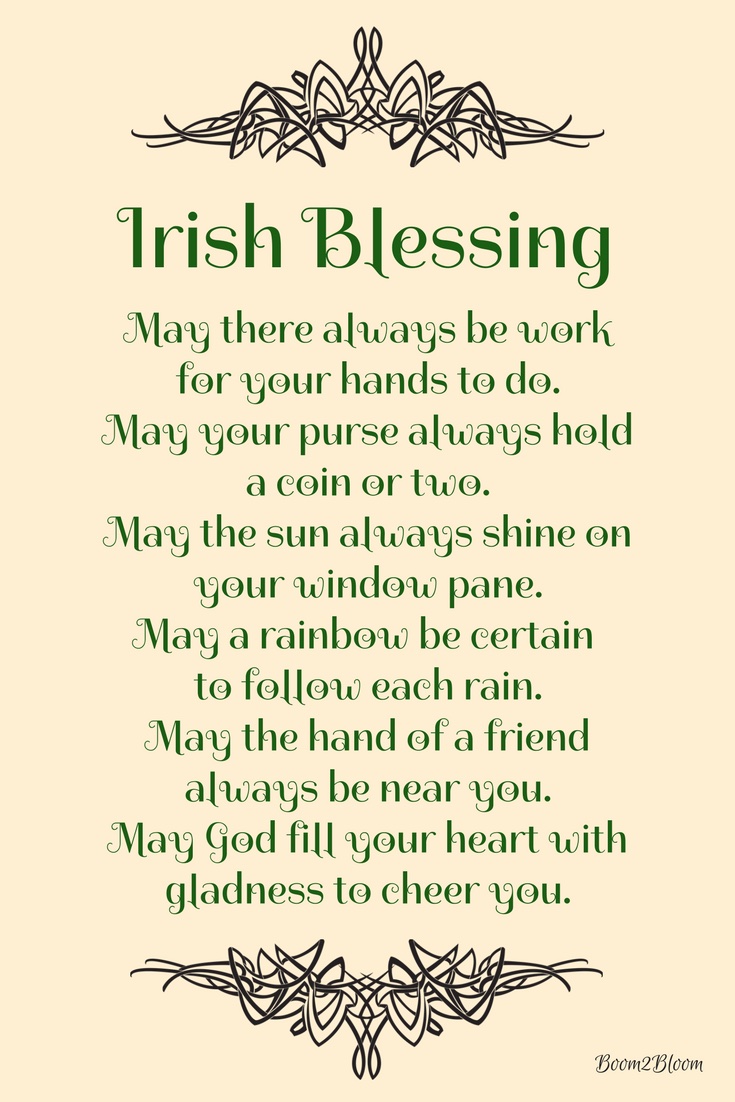As the saying goes, everybody’s Irish on Saint Patrick’s Day, and even if you don’t drink beer, or wear green… you can still share blessings with each other and hope for the best for the new year.
Johannesburg, South Africa (17 March 2016) – Saint Patrick’s Day, or the Feast of Saint Patrick is a cultural and religious celebration held on 17 March every single year, and it’s filled with happiness, wearing green, beer and blessings for each other.
Saint Patrick’s Day was made an official Christian feast day in the early 17th century and is observed by the Catholic Church, the Anglican Communion (especially the Church of Ireland), the Eastern Orthodox Church, and the Lutheran Church. The day commemorates Saint Patrick and the arrival of Christianity in Ireland and celebrates the heritage and culture of the Irish in general. Celebrations generally involve public parades and festivals, céilís, and the wearing of green attire or shamrocks. Christians who belong to liturgical denominations also attend church services and historically the Lenten restrictions on eating and drinking alcohol were lifted for the day, which has encouraged and propagated the holiday’s tradition of alcohol consumption.
So as the globe joins Irish people around in celebrating St. Patrick’s Day today, we take a closer look at St. Patrick, the revered saint who is credited with converting Irish pagans to Christianity.
Who was St. Patrick?
St. Patrick is the patron saint of Ireland and St. Patrick’s Day is the Irish national holiday. St. Patrick’s Day became a national holiday in 1903, but the Irish diaspora around the globe helped make the day a worldwide celebration of all things Irish. March 17 marks the day St. Patrick died. Historians disagree on the year of his death, which occurred sometime in the 5th century.
Why is he so famous?
St. Patrick wasn’t born in Ireland. Historians believe he was born in Roman Britain and likely grew up on the west coast of Scotland or Wales. At the age of 16, he was kidnapped by Irish pirates who sold him as a slave. He herded sheep in County Antrim, but managed to escape to England at age 22. After spending more than a decade in a monastery, he returned to Ireland and devoted his life to converting Irish pagans to Christianity.
St. Paddy’s Day parades!
The world’s first recorded St. Patrick’s parade is said to have taken place in Boston on March 18, 1737. New York began holding parades in the 1760s and Montreal’s first parade took place 193 years ago and organizers here say it’s the longest, continuous St. Patrick’s parade in North America.
The shamrock!
Historians believe that St. Patrick used the shamrock, a three-leaved plant found in Ireland, to explain the Holy Trinity (Father, Son, and Holy Spirit) to Irish pagans. The shamrock has taken on a life of its own and is one of the most important symbols of Ireland. Every year, an Irish leader presents a crystal bowl full of shamrocks to the U.S. President as a sign of the close ties between the countries.
Drinking!
For many Irish people, St. Patrick’s Day wouldn’t be complete without sharing a pint with friends. Sales of Guinness, the black stout brewed in Dublin, soar on St. Patrick’s Day. According to a company figure published in The Guardian last year, about 7.5 million pints of the black stuff are drunk around the world every day. But on St. Patrick’s Day, the number jumps to about 13 million pints.
No St Paddy’s Day would be complete without an Irish saying either so we’ll leave you with this…


